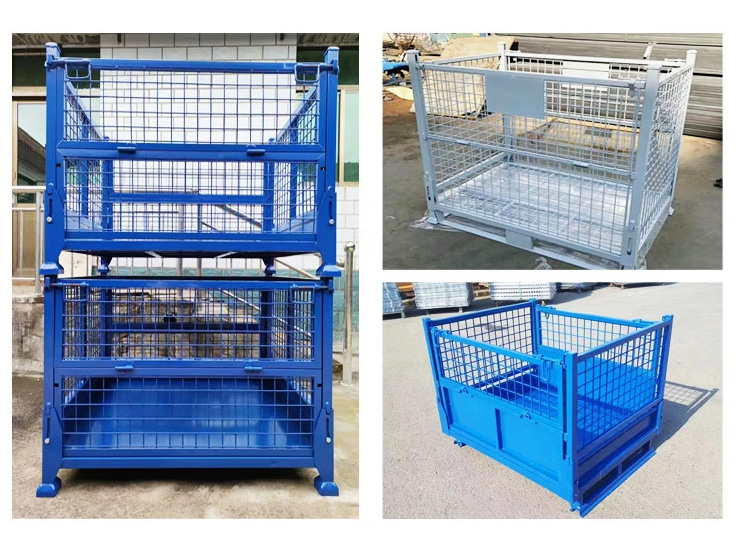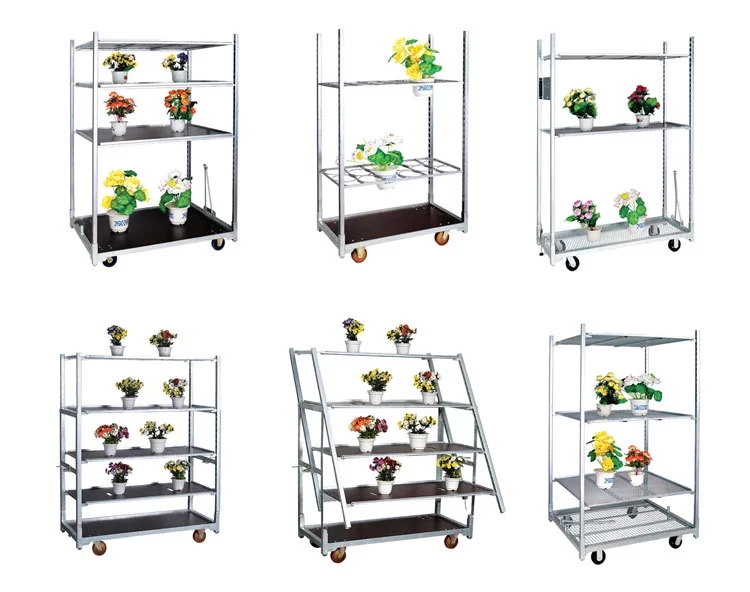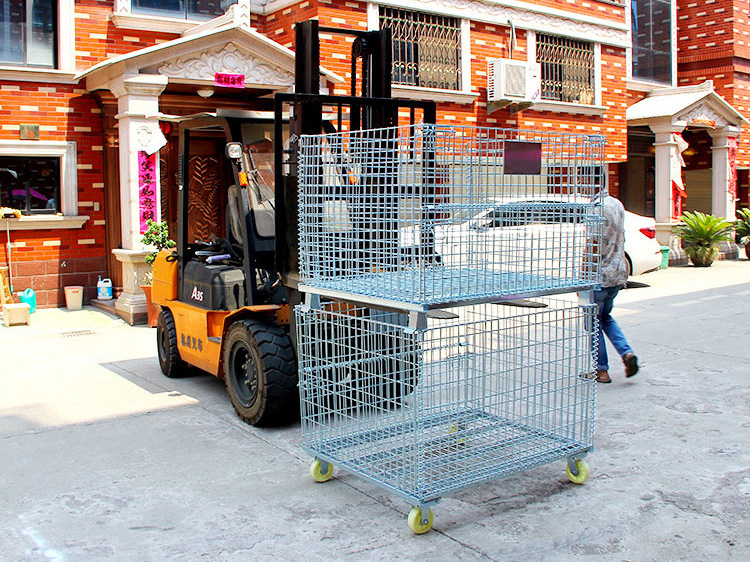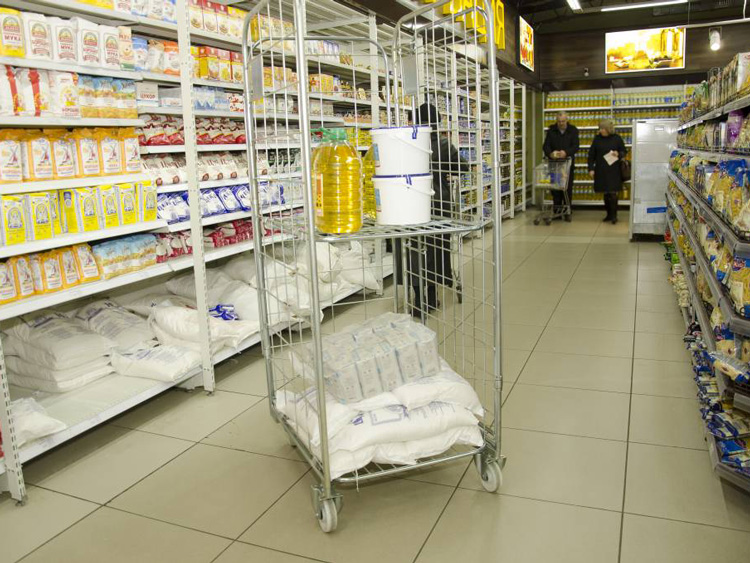-
 E-mail:
aceally4@aceallygroup.com
E-mail:
aceally4@aceallygroup.com
-
 Wechat: a18350222213
Wechat: a18350222213
-
Time:6/25/2025
-
Time:6/24/2025

- CONTACT US
- Wechat: a18350222213
- aceally4@aceallygroup.com
How does the size of a stillage cage affect its stability?
 Time:7/4/2025
Time:7/4/2025 15
15
A stillage cage is a steel-framed container used for storing, transporting, and handling goods—especially in warehouses, factories, and logistics operations. It's similar to a pallet but comes with mesh or solid walls for added protection and structure.
Stillage cages are a versatile and economical storage solution that supports efficient material handling in a wide range of industries.
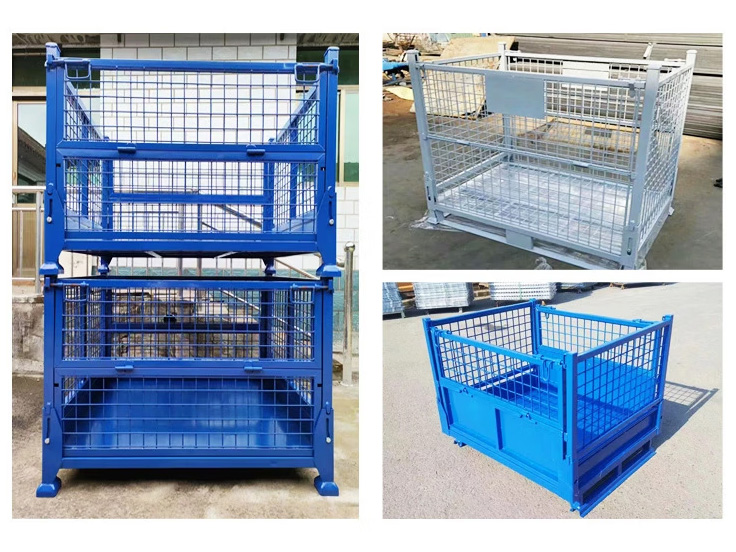
The size of a stillage cage has a significant impact on its stability, which can be analyzed from the following aspects:
Overall Dimensions
- Footprint Area:
A larger footprint area, with a wider base, usually enhances stability. The stillage cage is less likely to tip over as the center of gravity is closer to the ground and supported by a larger area. For example, in a warehouse, a large stillage cage with a wide base can better withstand the force exerted during handling and is more stable when stacked with goods.
- Height:
Taller stillage cages have a higher center of gravity, which reduces stability. They are more prone to tipping over, especially when subjected to external forces like wind or being bumped. If a stillage cage is too tall and the goods are not evenly distributed, the risk of instability increases. In high stacking scenarios, the overall height of the stacked cages also affects stability, and exceeding a reasonable height limit may lead to tipping.
Proportion of Dimensions
- Aspect Ratio:
The ratio of the height, length, and width of the stillage cage is crucial. A more balanced aspect ratio, where the height is not overly large compared to the base dimensions, generally results in better stability. For instance, a cage with a length-to-width ratio close to 1 and a moderate height is more stable than an elongated or overly tall and narrow one.
- Internal Space Division:
The internal space division of the stillage cage also affects stability. If the internal space is divided reasonably, with multiple layers or partitions of appropriate sizes, it can help evenly distribute the weight of the goods, improving stability. However, if the internal space is divided unevenly, it may cause the goods to be concentrated in certain areas, shifting the center of gravity and reducing stability.
Material and Thickness
- Larger Size, Thicker Material Needed:
For larger stillage cages, to maintain stability, thicker and stronger materials are usually required. Otherwise, the structure may deform under the weight of the goods, affecting stability. For example, a large stillage cage used to store heavy industrial equipment needs to be made of thick steel plates and strong steel frames to ensure its structural integrity and stability.
- Smaller Size, Lighter Material OK:
Smaller stillage cages can often use relatively thinner materials and still maintain sufficient stability due to their smaller overall load and lower center of gravity. This allows for cost savings and easier handling without sacrificing stability.












